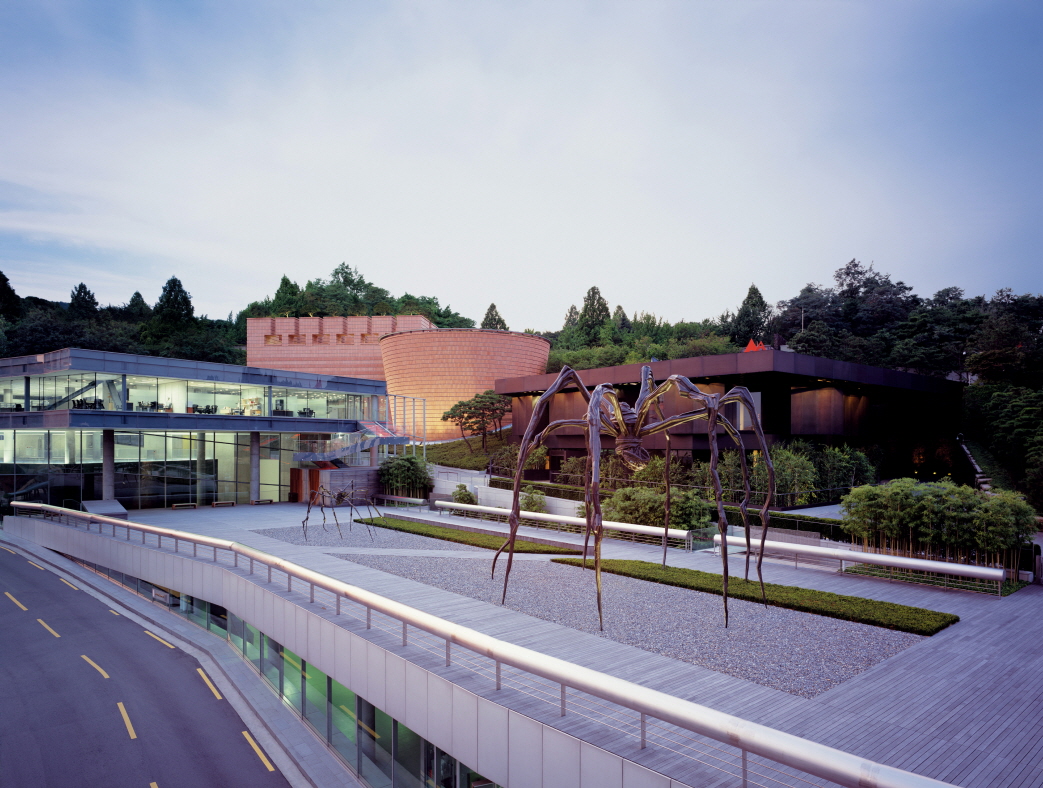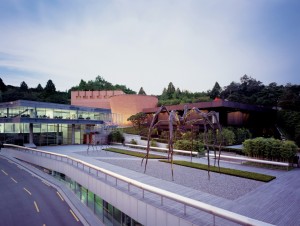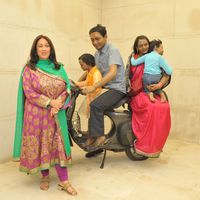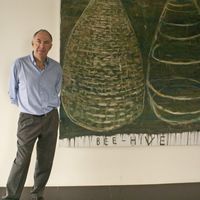Rethinking Museums | the Leeum Museum of Korea

[caption id="attachment_7775" align="alignright" width="300" caption="Photo by YongKwan Kim"]
 [/caption]
[/caption]culture360.org contributor Bharti Lalwani presents the first of a series of interviews to Directors and head curators of Private museums as well as Art Advisors to discuss the phenomenon of private art museums in Asia.
There is a shift occuring in the art world- more and more collectors are setting up their own private art museums in order to share their massive collections with the public. This rising trend, noted especially across India, China and Southeast Asia corresponds to active patronage and private education initiatives which are reinvigorating the local art scene in countries where the lack of gallery or museum infrastructure and government funding has a direct impact on artists and their practice.
She interviews Jeon Seung-chang, Chief Curator of the Leeum Museum at the Samsung Museum of Art in Korea.
Leeum, Samsung Museum of Art is committed to establishing and preserving a new interpretation and perspective of traditional Korean art, encouraging and presenting new trends in Korean Moderrn Art, and displaying international Contemporary Art which reflects the preeminent values of our time. As part of its commitment, the Museum is very much interested in open-ended exploration, welcoming all who enjoy and understand art, enriching art worldwide, without boundaries.
1. As Chief Curator, could you describe your role within the Samsung Foundation.
The Museum is a place where art research, collection, preservation, exhibition planning and operation are all promoted at the same time from diverse perspectives. As Chief Curator, my role is to serve as a liaison to expedite all functions performed by sectors in the museum. I am also responsible for organizing the yearly schedule for permanent exhibitions while coordinating those for special exhibitions. I also put great effort and energy in arranging art projects in my charge.
2. How has the LM established a dialogue between Korean and International art in terms of exhibitions and forums?
One of the most distinctive features of Leeum is our collection ranging from Korean Traditional art to International Contemporary art. Leeum collection is the source of our strength which enables us to design exhibitions in a way which offers viewers a new experience as a whole, from the traditional perspective to the more contemporary views towards the artworks of Korea and the rest of the world. We put our utmost efforts into building the very identity and style of the museum in every project, through which reinterpretation of the subject, art history and contemporary trends can be voiced and appreciated. Whether the exhibition program is permanent or temporary, Leeum sets the standard for excellence by embracing aesthetic values and achieving balanced views on art history and its dynamic evolution.
3. Have these spawned opportunities to partner with local and international organizations? Which of these partnerships have been most significant?
Since our partnership with the National Gallery of Washington D.C for the exhibition “The Art of Mark Rothko” in 2006, Leeum has been collaborating with major art institutions from around the world. In 2007, we have successfully partnered with the Andy Warhol Museum for the exhibition titled “Andy Warhol Factory”. More recently, Leeum cooperated with the Metropolitan Museum of Art (MET) for Poetry in Korean Buncheong Ceramics from Leeum, Samsung Museum of Art scheduled for April 2011.
In addition to exhibition program exchange, Leeum also initiated the Samsung Senior Curatorship of Asian Art naming Dr. Alexandra Munroe as the first to hold this title at the Guggenheim Art Museum. Her appointment is expected to be a major step forward for Asian Art to draw attention to the international art world. We trust that it will further rekindle discussion on Asian Art worldwide, leading to greater exchanges between the two Museums.
4. Speaking of collaborations, which recent exhibitions has been a result of a working partnership with other international museums?
The upcoming exhibition is entitled “Poetry in Korean Buncheong Ceramics from Leeum, Samsung Museum of Art” in Metropolitan Museum of Art (MET). It will be a great opportunity for Leeum’s art collection to demonstrate the beauty of Korean traditional pottery in New York - the center of the international art. The exhibition was able to hold with cooperation of Leeum and MET successfully invited masters of Korean modern paintings and famous potters to join in the exhibition with their artworks.
5. Although the Samsung Foundation for Culture has been around since 1965, LM is a relatively new space, how do you see it evolving over the next decade?
Samsung Foundation of Culture showcased a wide range of artworks in Ho-Am Art Museum in Yong-in and Ho-Am Art Gallery in Seoul. In 2004, the foundation opened Leeum, Samsung Museum of Art. Since its opening, Leeum has arranged numerous permanent exhibitions of art collection and promoted diverse art programs. The signature artworks in the museum are on permanent display, establishing its own cultural character.
Along with these establishments, Leeum has been consistently organizing various special exhibitions from Korean ancient art treasures to its modern art to global modern art. With its seven-year history, the Museum aims to firmly establish all these activities and propose ways for Korean art in the future. Furthermore, the Museum is willing to contribute to enriching the art world through as many initiatives in the future.
6. Please tell us about LM’s current and future projects.
In 2011, Leeum is planning a project named Korean Rhapsody-Crossing the History. It is an exhibition on a century of Korean art history and its socio-cultural context. In addition, the Museum will be publicizing Poetry in Korean Buncheong Ceramics from Leeum, Samsung Museum of Art; this publication will show “Buncheong Ware” as the culmination of Korean traditional art. Leeum’s other projects include Art Spectrum, designed to introduce Korean young artists and Black Box Project to revisit world-renowned media artists and their works.
7. What sort of demographic are you reaching out to; what does the museum offer in order to develop its audience especially in terms of community outreach and education programs?
Leeum has been equipped with a wide range of educational programs which embrace regional communities. The programs include in-depth lectures combined with art education programs and “Leeum Kids” for elementary school students. In addition, the Museum has provided specialized training programs for teachers, docent volunteers and interns for a long time. Leeum has now established itself as an educational place to allow its audiences to achieve higher levels of aesthetic appreciation and perspective on art.
Bharti Lalwani has an MA in Contemporary Art and writes for publications such as Asian Art News and www.arterimalaysia.com, curates on occasion and is currently developing art education approaches for children under 10 years of age.
Similar content
posted on
06 Sep 2010
posted on
29 Feb 2012
17 Oct 2011
posted on
29 Mar 2012




